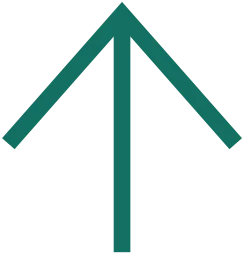- IUCN StatusNot evaluated
- Population20,000 Almost extinct in their native lands of Sardinia and Sicily.
- DietHerbivore - including root vegetables and some fruit
- GroupHerd
- SizeLength 200cm, 91cm Tall
- ContinentOriginally from the Southern Mediterranean countries & North Africa
- Lifespan25 to 35 years
- Weight91-204 kgs
- HabitatThey are domesticated globally. They are highly adaptable, but prefer warm, dry climates such as deserts.
- Scientific NameEquus asinus
Meet the Miniature Donkey

Miniature donkeys are very trainable, so they're used for a variety of tasks in a variety of environments. People will keep them on farms to play with their kids or serve as companions for horses, ponies or other donkeys. They can be used as protectors too of sheep, goats and small livestock.
In their natural habitat donkeys will browse, eating highly fibrous plant material in small quantities throughout the day. Carrots, apples, bananas, pears, turnips and swedes are all safe for them to eat and usually very popular with donkeys.

Introducing....
Our ever growing herd of miniature donkeys at Wolds Wildlife Park
Did you know?
We have a friendly herd of miniature donkeys at Wolds Wildlife Park, read on to see some interesting facts about this cute equid.
What is a miniature donkey?
Miniature donkeys are a specific kind of Mediterranean donkey. As their name suggests, they’re much smaller than regular donkeys.
To be officially recognised as miniature, the animal has to measure no more than 91cms and weigh between 91-204kgs.
For comparison’s sake, a regular donkey measures up to 160cms and weighs around up to 480kgs. So miniature donkeys can be literally half the size of a regular donkey!
What is the history of the miniature donkey?
Miniature donkeys came from the islands of Sicily and Sardinia. They were probably native species to the area, and they were used for things like carrying firewood, delivering parcels, and tending to livestock.
Sometime in the 1920s, the miniature donkey was exported to the United States, and that’s when their popularity really took off. They were used for farm labour, they were put in fairs and horse shows.
Today, there are only a small number of miniature donkeys living in their native European home. They’re mostly bred in North America and shipped to other countries.
What’s the size of the smallest miniature donkey in the world?
Measuring just 64.2cm tall, Kneehi is the smallest miniature donkey in the world.
He lives on a farm in the U.S. and lets tourists take photos with him. He’s even been recognized by the Guinness Book of World Records for his itsy-bitsy size.
What is a female donkey called?
Female donkeys are called jennies or jennets
What’s the difference between a miniature donkey and a miniature horse?
Donkeys and horses are entirely separate species. They can be bred together to create hybrids, but they have their own distinct colors, sizes, diets, temperaments, and habits.
They even have their own chromosome counts: Donkeys possess 62 chromosomes while horses boast 64.
Adopt a Miniature Donkey
Support our wildlife park and help prevent extinction by adopting an animal










